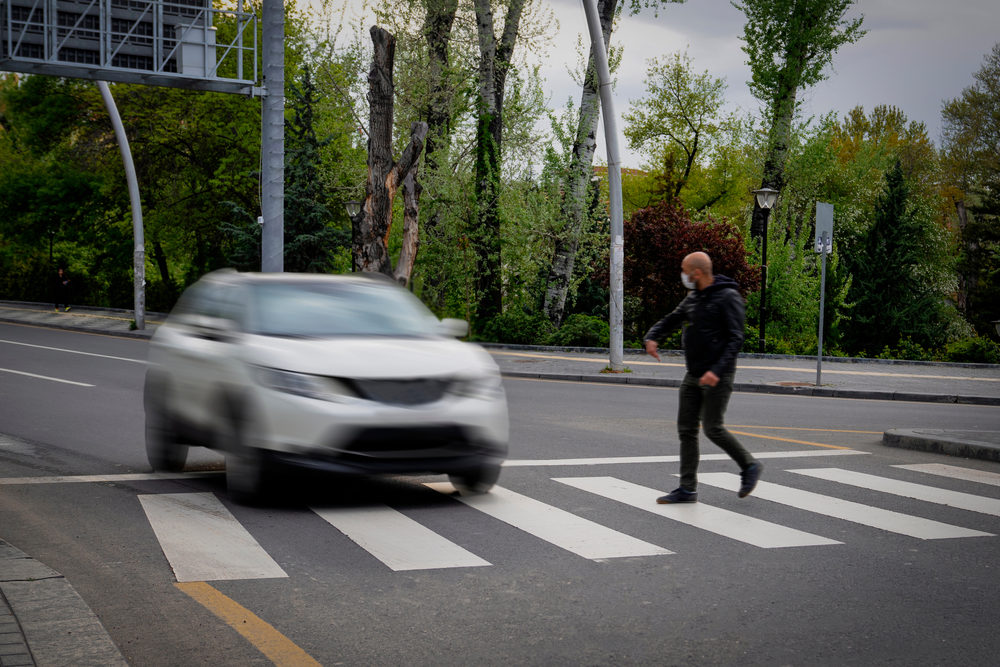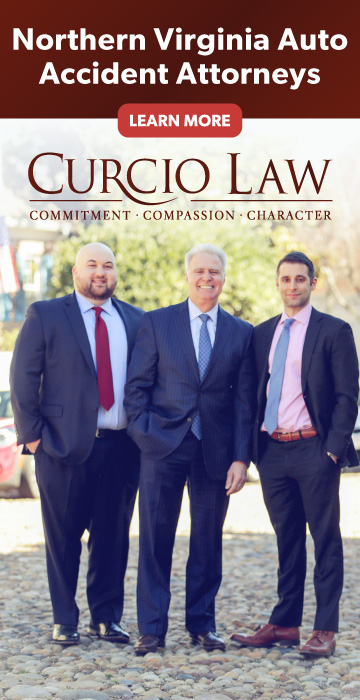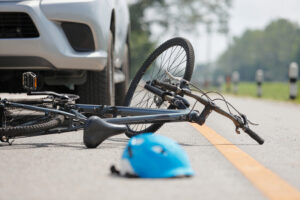
If you’re on the road and approach a red light or stop sign, coming to a stop is second nature. Following traffic signals at an intersection is intuitive, but do you know who has the right-of-way at uncontrolled intersections? The Virginia Code has a specific Article explicitly designated for motor vehicle right-of-way laws (Virginia Code § 46.2-820 – 46.2-826). All drivers must know the traffic laws listed below, as following the correct right-of-way helps all drivers avoid motor vehicle crashes.
Intersections Without Traffic Control Signals (Virginia Code § 46.2-820)
An uncontrolled intersection doesn’t have traffic lights, road markings, or signs indicating the right-of-way. When two drivers approach an uncontrolled intersection simultaneously, the driver on the left yields to the driver on the right.
Entering A Highway (Virginia Code § 46.2-826)
Drivers who are leaving a private road, driveway, alley, or building must yield the right-of-way to drivers already on the highway and to pedestrians on the sidewalk.
Circular Intersections (Virginia Code § 46.2-822)
Some circular intersections like rotaries and roundabouts have traffic signals, but for those that don’t, cars already in the circle have the right-of-way. Drivers approaching and entering the traffic circle must wait.
Left Turns (Virginia Code § 46.2-825)
A driver turning left must yield to any car approaching from the opposite direction if the vehicle is “so close as to constitute a hazard.” Drivers turning on a green left-turn signal have the right-of-way.
Uncontrolled T-intersections (Virginia Code § 46.2-824)
A T-intersection involves three roads, one of which runs perpendicular to cross streets. Some T-intersections have stop signs and other traffic signs. However, when vehicles arrive at approximately the same time at an uncontrolled T intersection, the driver of the vehicle on the highway that intersects but does not cross the other highway shall yield the right-of-way to any vehicle traveling on the other highway.
Forfeiting The Right-Of-Way
The right-of-way on the road is not an absolute right. Any driver who’s found driving at an unlawful speed forfeits their right-of-way. All drivers have the right to expect everyone on the road to act reasonably. Part of acting reasonably is acting lawfully. When a driver travels at a speed above the speed limit, they are acting unlawfully and, thus, unreasonably. Since other drivers are not expected to assume that drivers will be acting unreasonably, the speeding driver forfeits their right-of-way.
Unfortunately, Virginia has a speeding problem. In 2020, there were 22,479 speed-related crashes. More than 400 people died, accounting for nearly half of traffic deaths in our state. It’s fair to assume that these statistics could be even higher by the end of this year, given that fewer cars were on the road last year because of pandemic-related shutdowns. Additionally, the majority of speeding drivers were millennials between the ages of 21 and 35.
It can be tempting to step on the gas and drive more than the posted speed limit, but it increases the risk of serious injury and death. If a driver or pedestrian can’t judge your stopping distance, which is how long it takes to reach a complete stop after braking, they may miscalculate how much time they have to walk or drive before you approach them.
Aside from safety reasons, speeding on the road also affects what happens after an accident. You’re usually able to recover damages if you’re injured in a crash and had the right-of-way at the time of the collision, but driving too fast complicates things. Virginia is one of a handful of states that adheres to a pure contributory negligence rule. Contributory negligence means that you are barred from recovery if you’re even one percent at fault for a collision, regardless of whether the other party’s behavior was more egregious than yours. A defense attorney will try to invoke this rule if there’s any hint of negligent behavior on your part. If you drive over the speed limit right before an accident, it will almost certainly affect your chance of a successful personal injury claim — even if the other driver violated right-of-way laws.
If you’ve been involved in a Virginia car accident and have questions about right-of-way rules, the attorneys at Curcio Law are here for you. Our team has extensive personal injury experience and can help you understand contributory negligence and how it may affect your case. Call or text us at 703-836-3366 or email rhamad@curciolaw.com.

Rakin Hamad joined Curcio Law as an associate in August 2018 after graduating from George Mason Law School. During law school, Rakin demonstrated his dedication to client advocacy and was a member of the trial advocacy association, the pro bono society, and the George Mason Law Review. His approach to the law mirrors the firm’s philosophy of treating each client with commitment, compassion and character. Contact Rakin at rhamad@curciolaw.com.
















Comments for this article are closed.